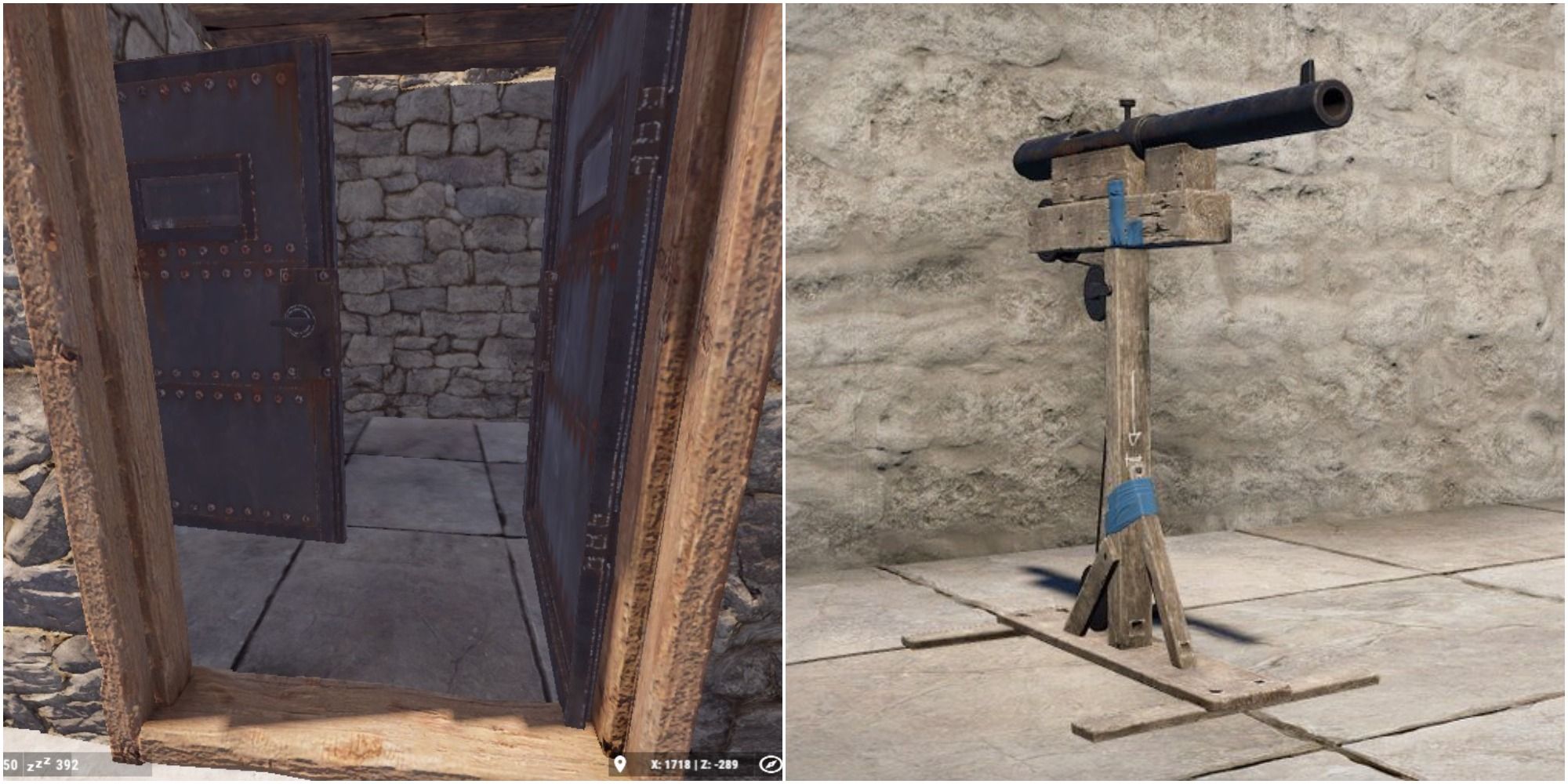
One of the most crucial stages of survival in Rust is creating a structure to store materials in. Gamers that are lucky enough to create a small hut will have a much better chance of staying alive. However, getting to the necessary materials and building in the right location can be difficult even for experienced players.
RELATED: Rust's Skyrocketing Popularity Explained
With thousands of new players downloading Rust every week, there are novices in almost every server. New players make several common mistakes while playing Rust. One of the most prevalent mistakes is building a structure too late or in the wrong location. There are a lot of considerations when building a base, and even experienced players can benefit from the methods and tips explained in this article.
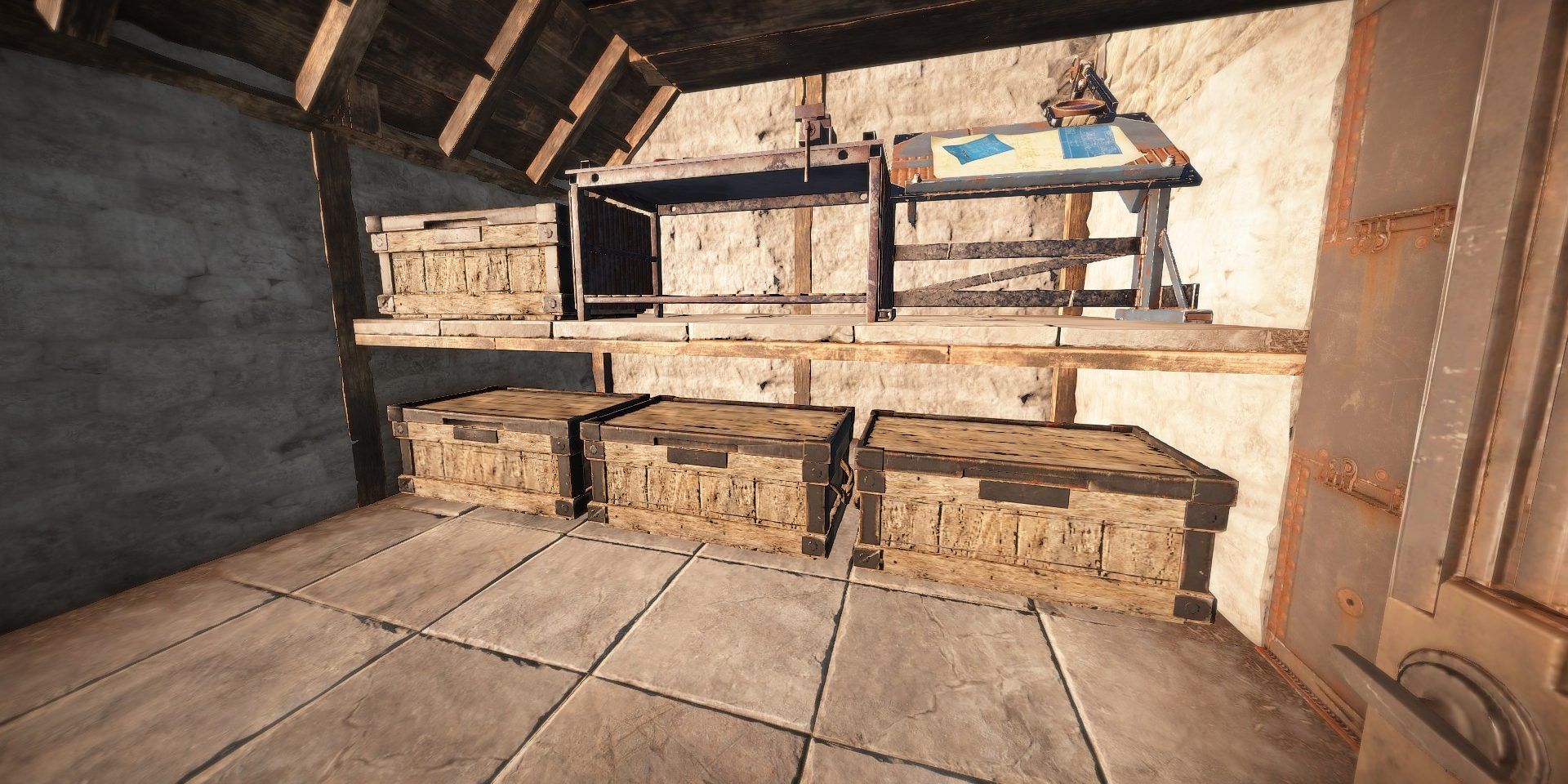
There are a number of build servers for new players to practice on before joining a real server. Beginners should definitely take advantage of build servers that allow players to plan their build before actually attempting to survive in Rust. Experienced players use the servers as well to practice new builds and increase their building speed. In a game based on survival, both speed and preparation are important. By having a "blueprint" before starting a new journey on a server, players will have a much better chance of success.
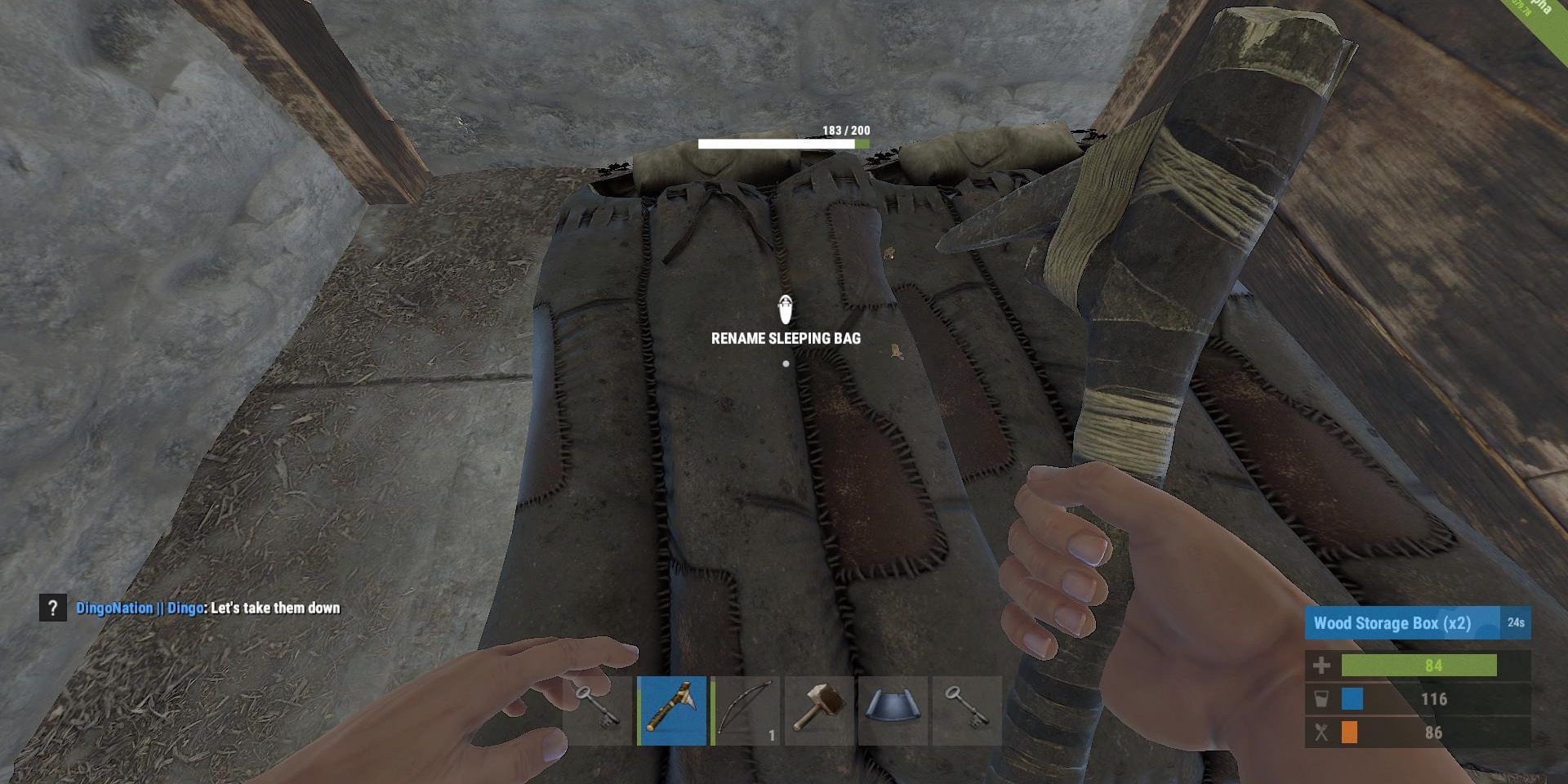
In Rust, the most important aspect of a building is that it prevents intruders and stores materials. A 1X1 hut is better than an immaculate build than can be raided. That being said, it is beneficial to have more space for storage. Players should start with a small structure and expand it over time. The key to creating a reliable structure is practice and persistence. Rust gamers should start with a small, but secure structure, and continually add sections as time goes on. It will be impossible to construct an intricate multi-level building in a few minutes, and there are always other players on the server anxiously awaiting a fellow player to slip up.
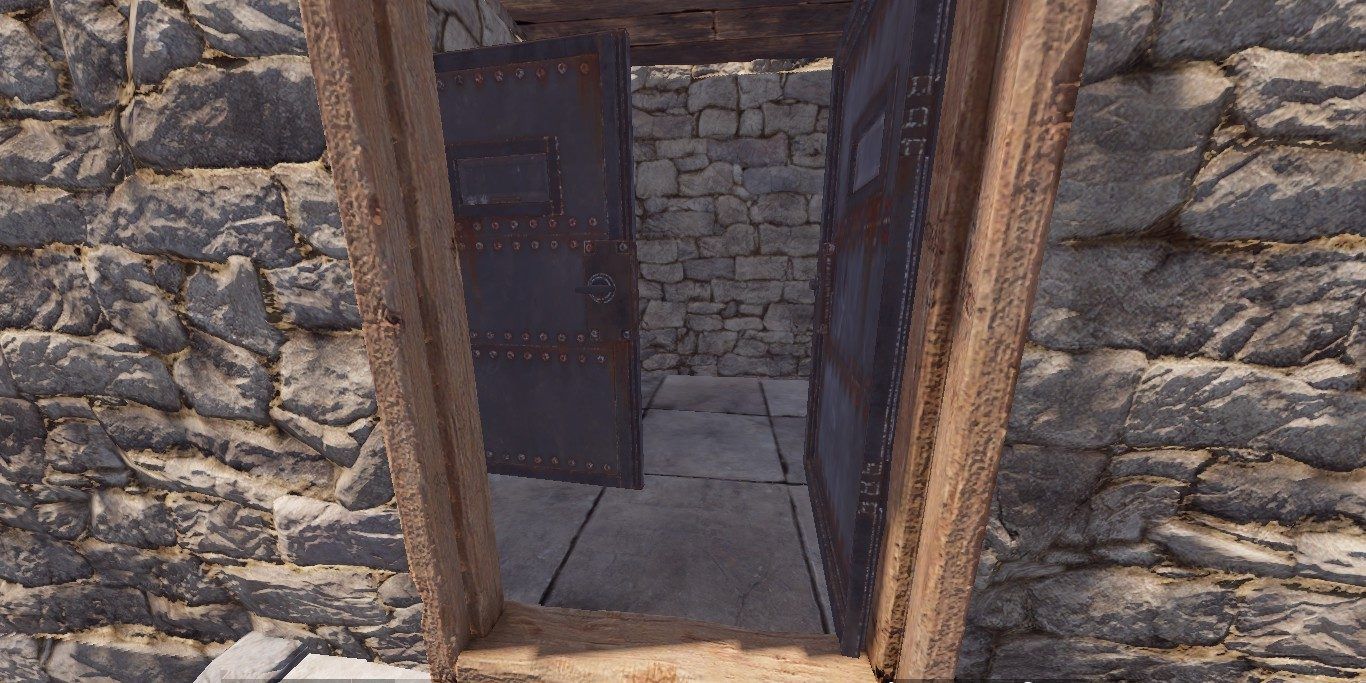
An airlock in Rust prevents enemy teams from breaking into a build if the creator dies while the door to the structure is open. The image above provides a good representation of what an effective airlock looks like. Two staggered doors will prevent other players on the server from wandering in and stealing materials from a player waiting to respawn. Airlocks are essential for players that want to survive as long as possible.
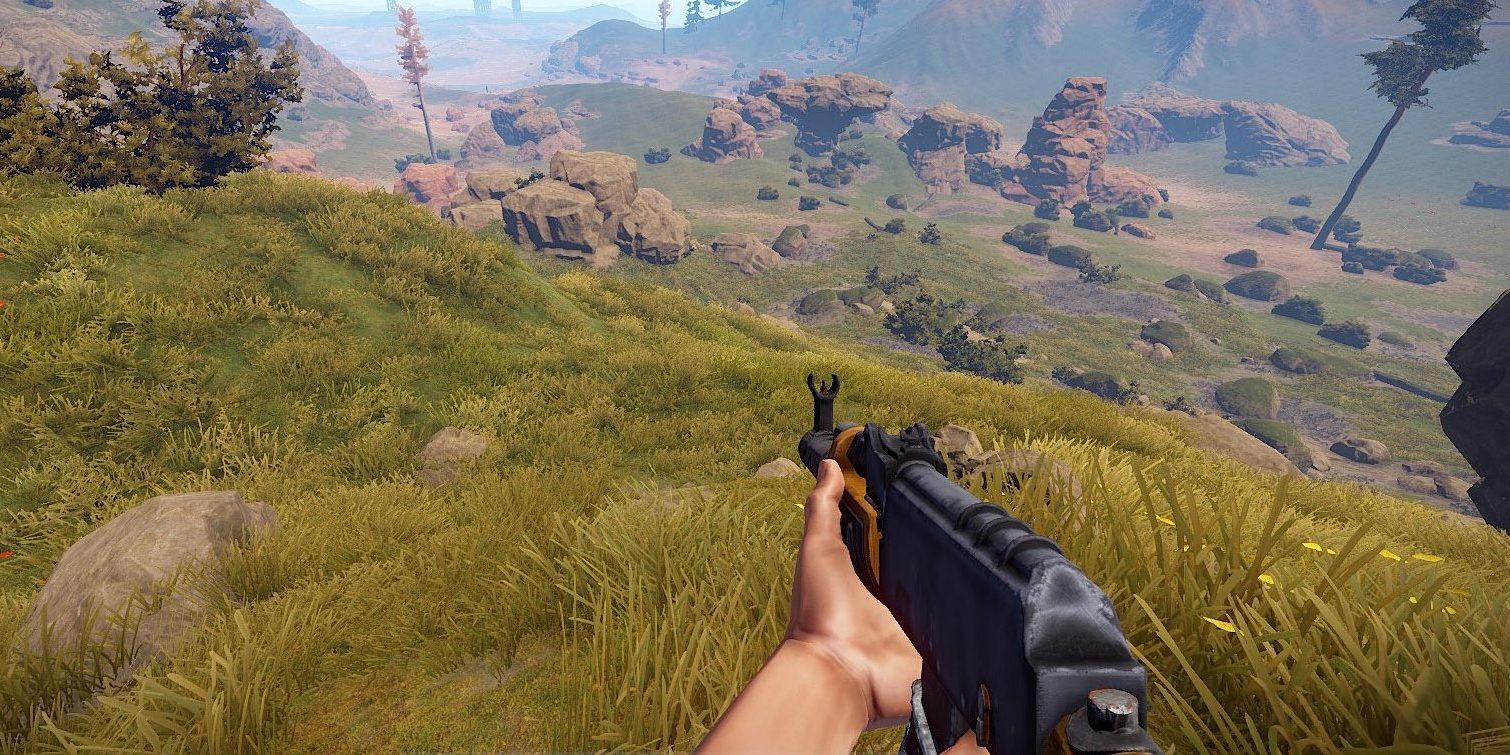
Deciding where to build a base is extremely important in Rust, as building in the wrong location can result in disaster. There are materials scattered throughout every map in Rust. However, there is a correlation between how readily available materials are and where players are on the map. Heavily wooded areas will appear as a greenish-brown color on the map. These areas are lush with trees and are great areas for players that need a lot of wood to build their structure. Similarly, rock and metals will be more prevalent near mountainous regions of the map. Gamers need to understand what materials they need and where they can consistently find them. New players will be well off in areas that have both metals, rocks, and trees, as most builds require a diverse set of materials.
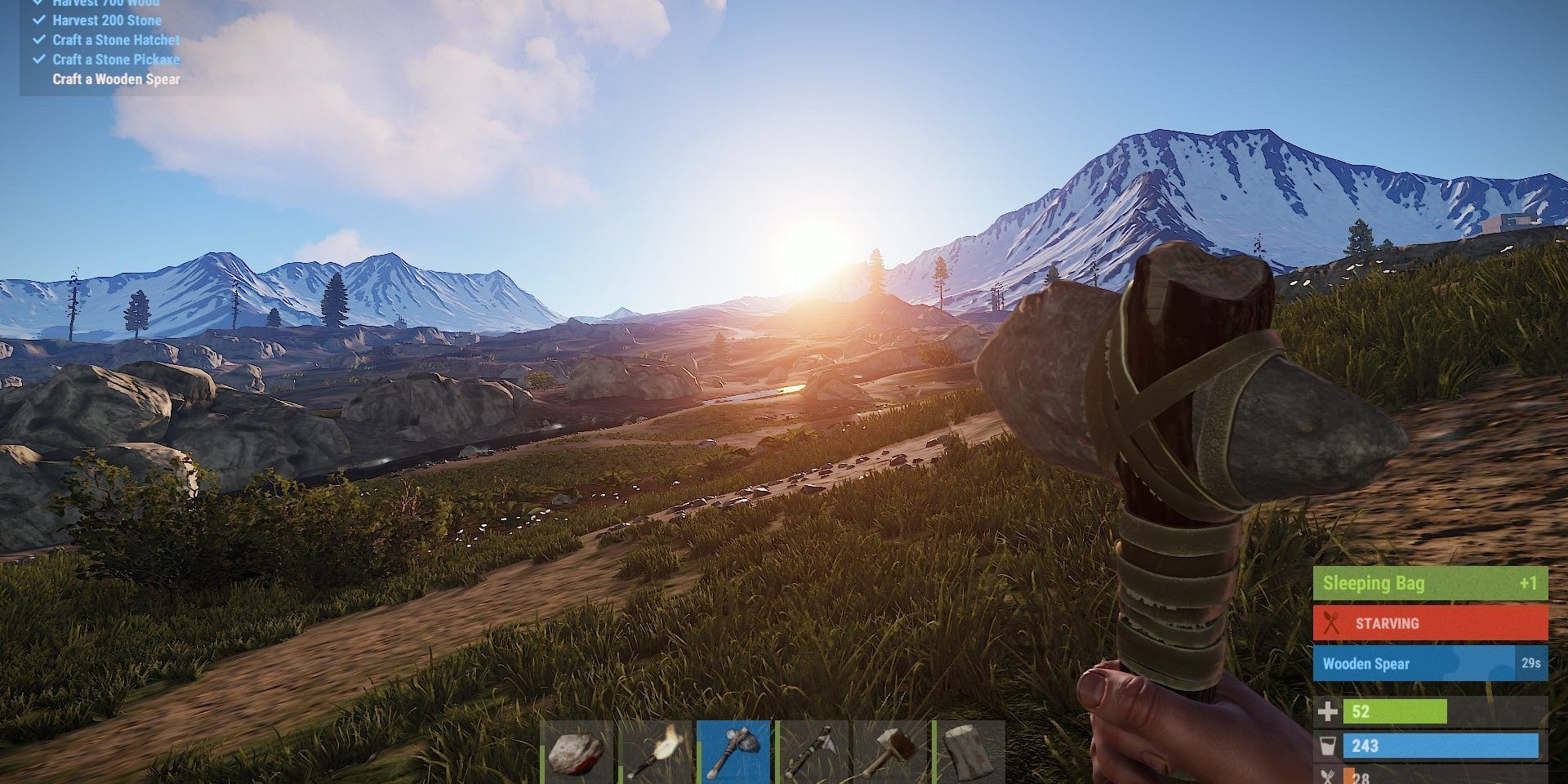
Beginners often create impressive builds that are impossible to construct on a slanted surface. If the structure gamers want to create can only be built on a perfectly flat surface, gamers need to find the flattest area of the map to start construction.
RELATED: Rust: How To Show FPS
More often than not, areas with any level of gradient will make it difficult to set foundations and finish construction. Players that are bold enough to build on an incline need to practice on a build server beforehand.
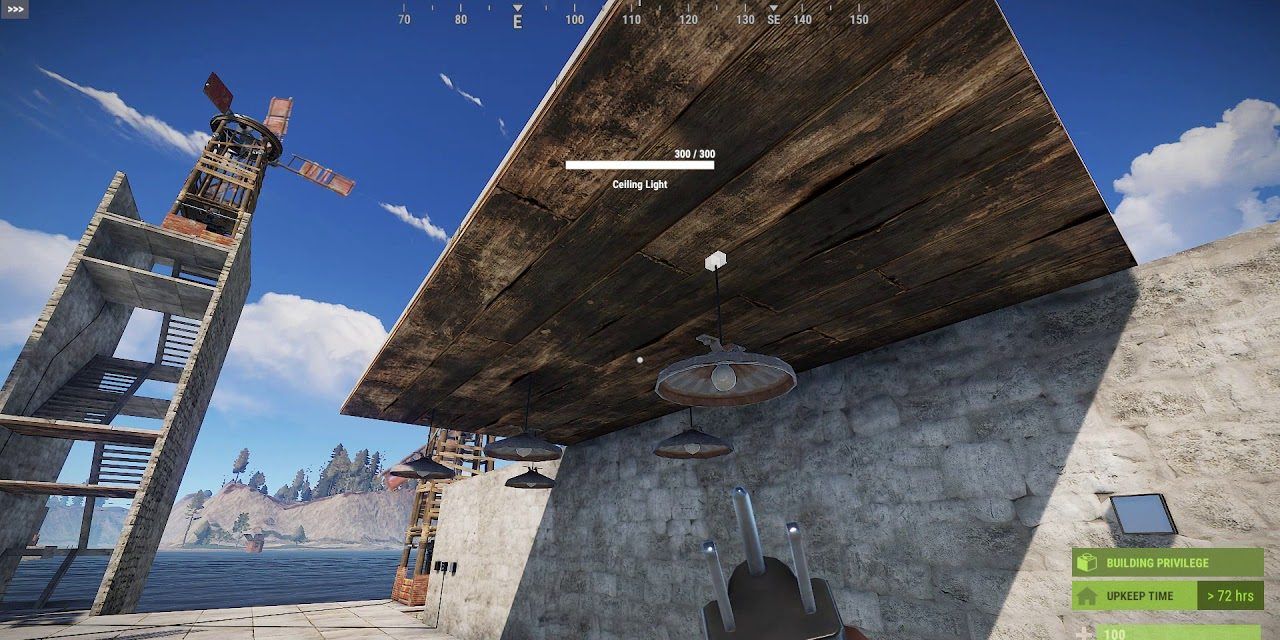
Once gamers have created a reasonably good structure, they will naturally want to upgrade it. However, few players start in the right location. One of the easiest ways to break down a poorly constructed building is to hit it with a few well-placed rockets. However, if players upgrade their ceilings, it is much more difficult for raiders to collapse a building. Gamers should start with the ceilings first, and upgrade the walls and foundations later.
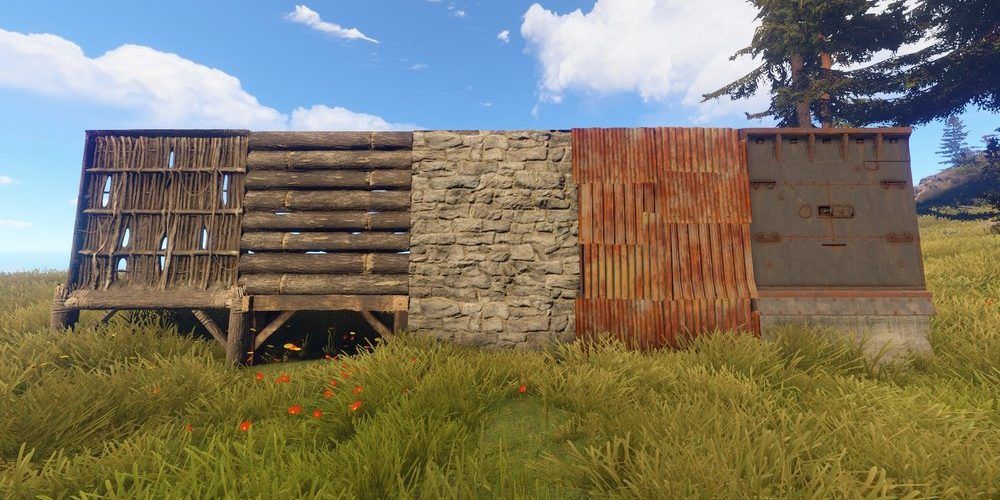
Experienced Rust players know to never put their wealth on display. While windows can be useful airlock tools, they will give raiders a sneak peek inside of a base. Additionally, if other teams on the server see expensive HQM exterior walls, they will assume there is valuable loot inside of the base. The mantra act poor and live rich is certainly accurate in most Rust servers. Players and teams that flaunt their materials will be targeted. Besides, HQM is almost always overkill. Another common mistake players make is building replica bases after one has been destroyed. Raiders will see a new base and know exactly how to dismantle it.
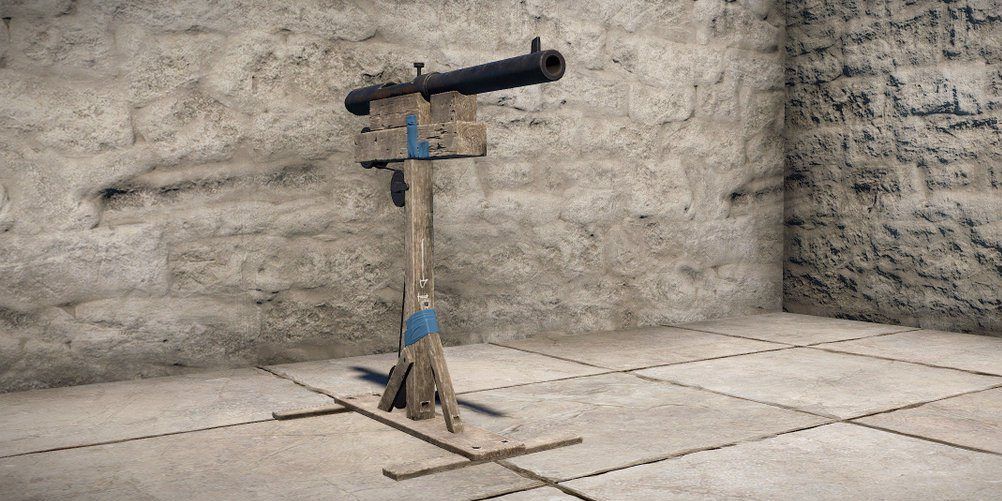
Traps, especially shotgun traps, are an incredibly clever way to keep raiders guessing. Early in the wipe, few gamers will expect traps in a small base. Even late in the wipe, raiders will not predict a labyrinth of carefully placed traps to duce them. Sometimes resources are better spent on deceptive traps than upgraded materials. Unless there is always someone online to monitor a base, traps are an essential feature of a well-fortified camp. Shotgun traps are incredibly effective at dumbfounding clueless raiders, and players should incorporate them into their base.

